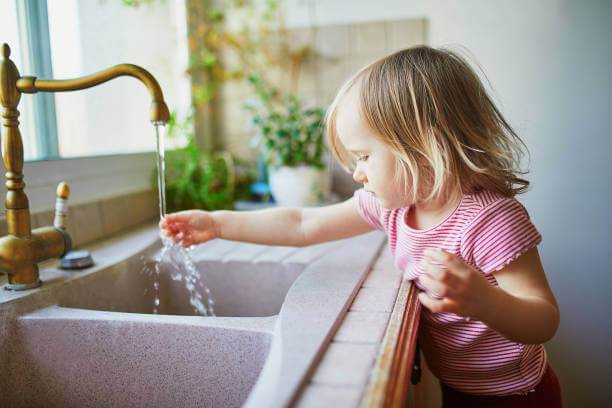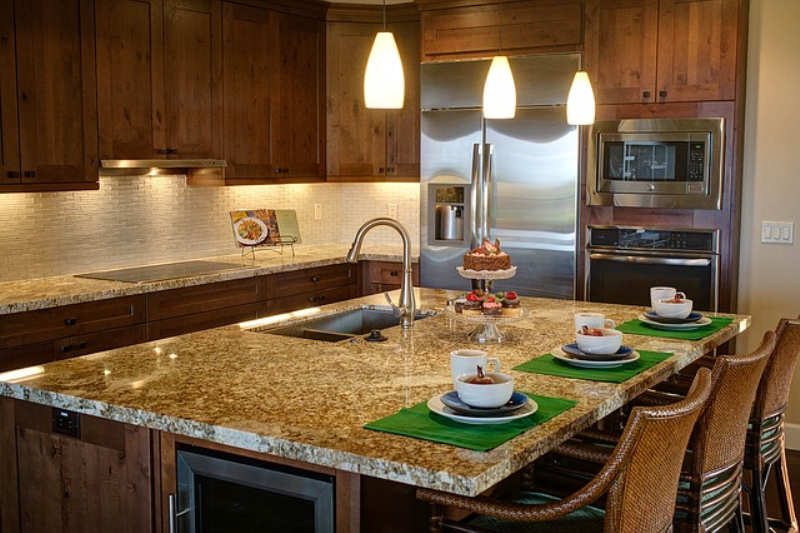A whole house filter is a point-of-entry tap installed where the main water line enters your house. This helps in the reduction of contaminants such as iron, sulfur, chlorine, and most especially carbon the subject matter of this post.
With a whole house water filter, you are ensured of having and using clean water any time of the day at anywhere in the part of your house. You can check out the systems Water Filter Guru writes about.
What You Would Like To Understand About Whole House Carbon Filters.
The structure of the carbon is such that coconut shell or charcoal are used as raw materials in the makeup of said Carbon filter. Heat is used to activate the surface of the Carbon, hence why carbon filters are sometimes called “charcoal” filters. But know this, the charcoal used here is not the normal charcoal we used for our furnace or grills.
The carbon filters work by absorption of harmful chemicals passing through the surface region.
Carbon Filter Installation
The level of water use and the amount or the concentration of contaminants present in the water is the determinant in one choice of the size and components required for your carbon filter installation.
There are two ways Carbon filters are installed. They are whole house filters or point-of-entry installation and point of use installation.
How Does A Carbon Filter Work?
Carbon filter uses the process of absorption to suck out contaminant through the pores as water passes by.
Carbon filters help in removing bad odor, bad taste, and other contaminants from water. Tiny pores on the surface of the carbon filters are measured in micron. The tinier the micron the finer the filtration and the water processed.
How Long Do I Need Before I Fix Another Carbon Filter
Before a carbon filter could outlive its usefulness, it must have at least processed 300,000 gallons of water. And an average US family used 100,000 gallons of water per year.
Accordingly, it depends on the contaminant present in the water and the rate of use that determine the longevity of your carbon filters.
All you need to do is just maintenance through periodic check-up

Types of Carbon Filters
We have three types of carbon filters viz;
Granular Activated Carbon Filters
GAC filters allow water to pass through easily. Water flows in one direction through the carbon. GAC filters allow water to pass through the carbon at a faster rate than other types of carbon filters. But most times, it allows channeling which makes water run through where it is not supposed to, thus not properly filtrating (allowing contaminants through) the water in such instances.
Carbon Block Filters
The carbon block has a surface made of finer granules held together by a bonding agent. Water passes through the side of the filter and sends filtered waters back up through the top. The carbon block has more surface area than the GAC filter with the bonding agent preventing channeling. The only disadvantage of the Carbon Block filter is that it is too restrictive for water passage.
Radial Flow Filters
This filter combines the surface area of the carbon block and the flow rates of GAC filters.



